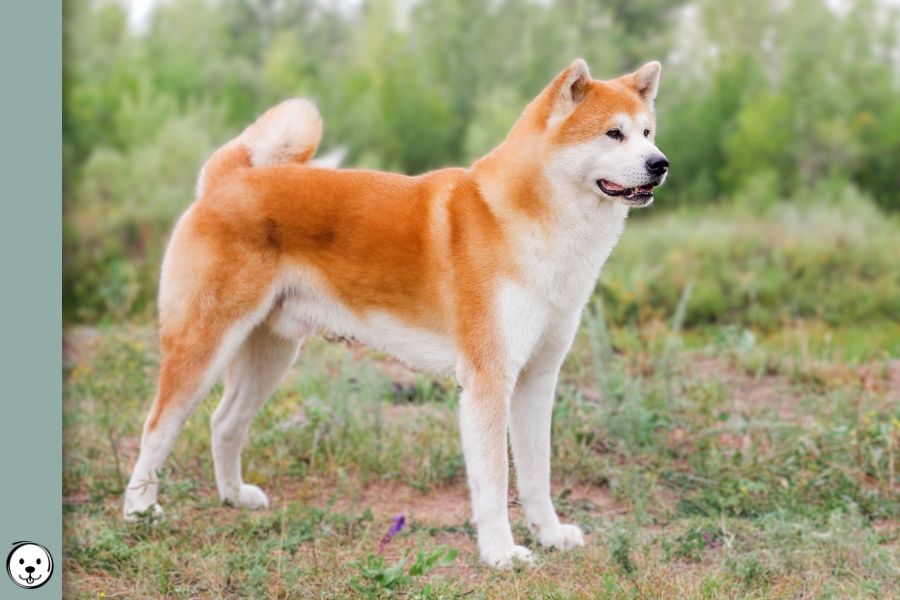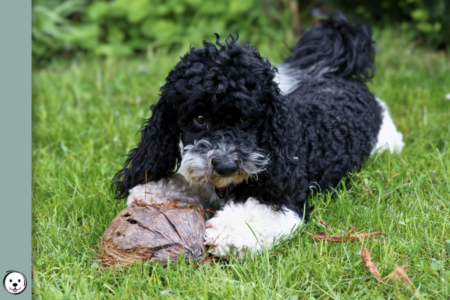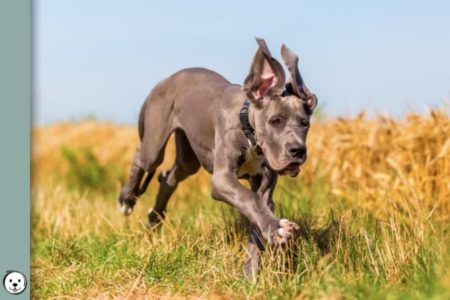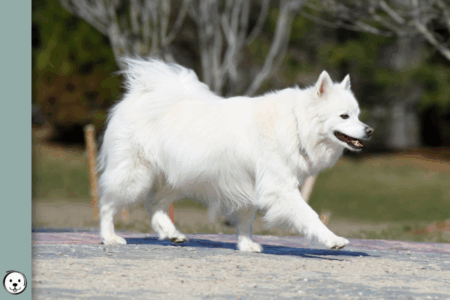The Japanese Akita is known for its strength, loyalty, and striking presence. With a dense and plush double coat, Japanese Akitas display a range of coat colors called red, brindle, and white.
Standard Akita Inu Colors
Let’s have a closer look at the different Japanese Akita color patterns:
Red Akita Inu
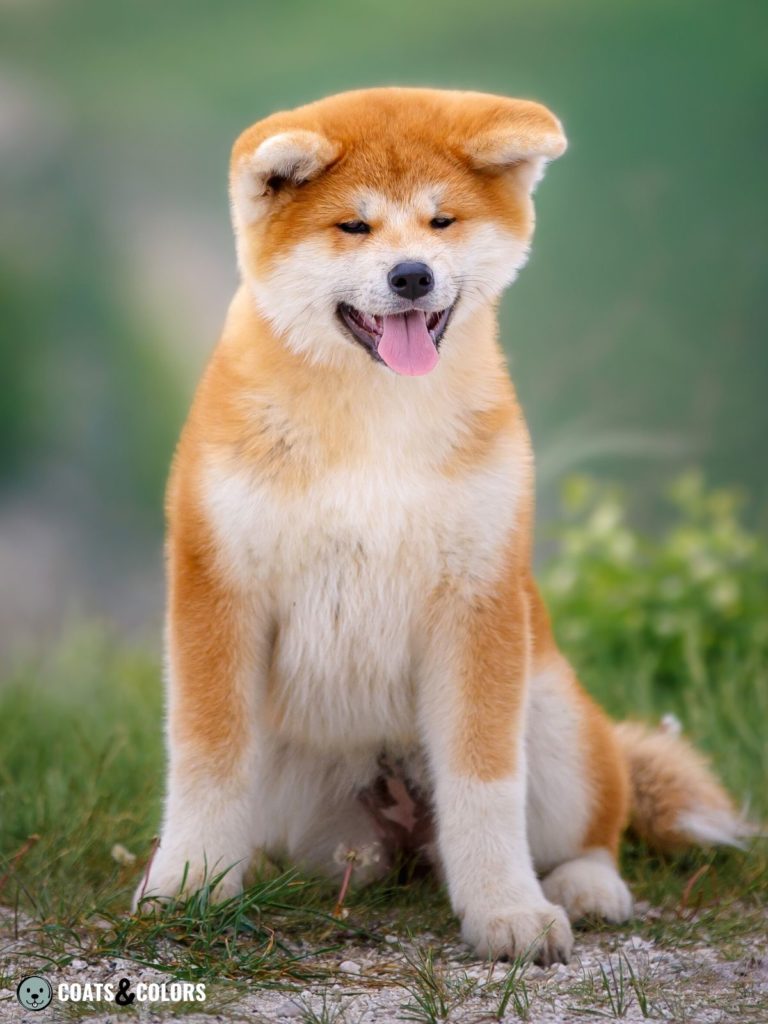
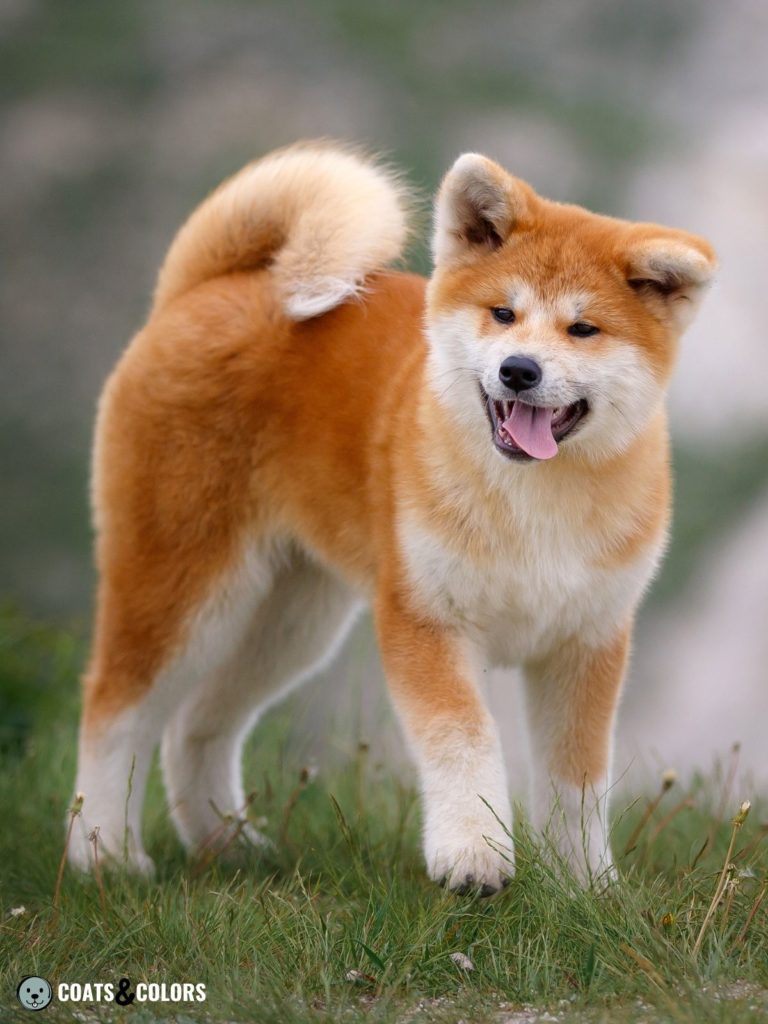
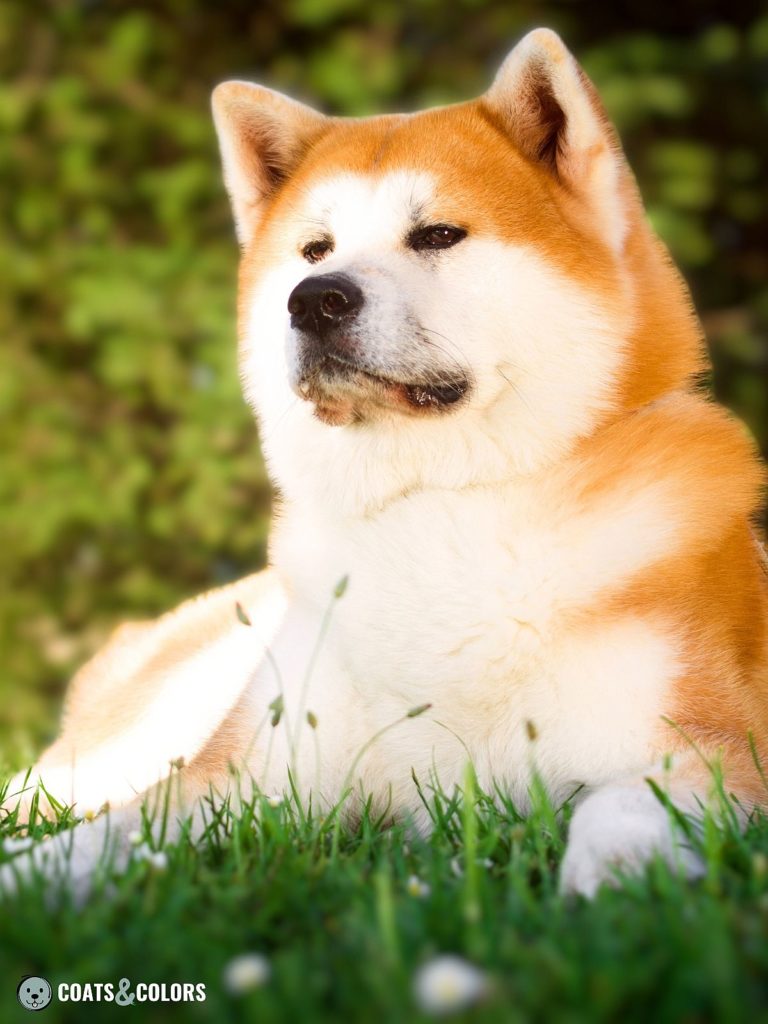
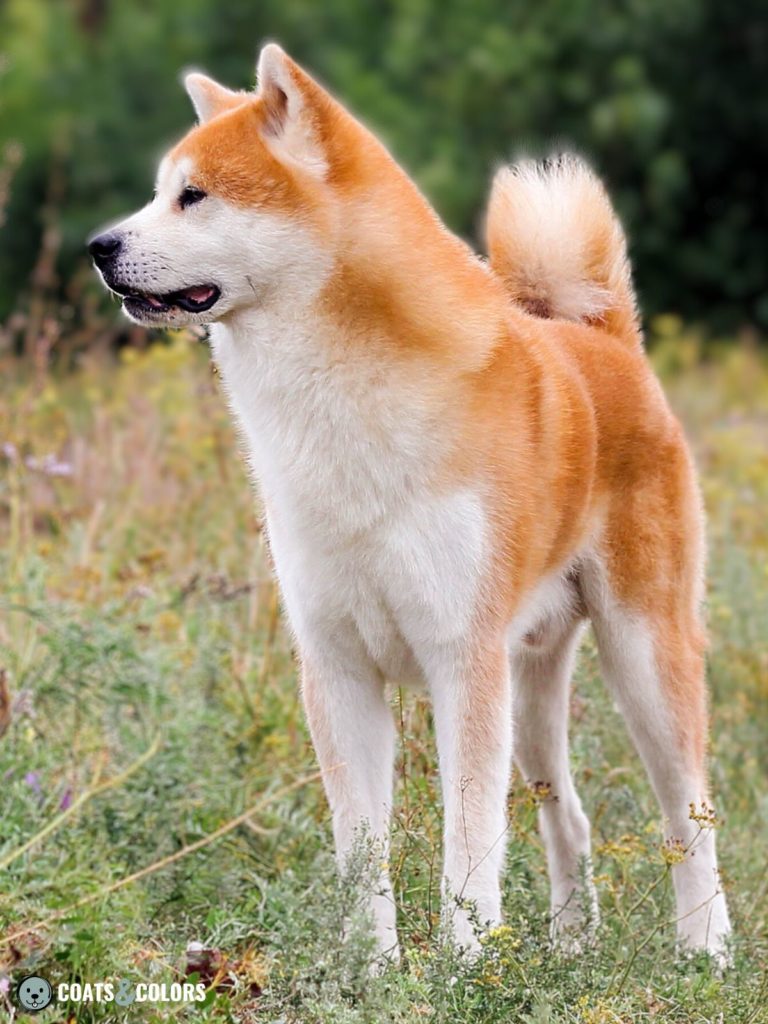
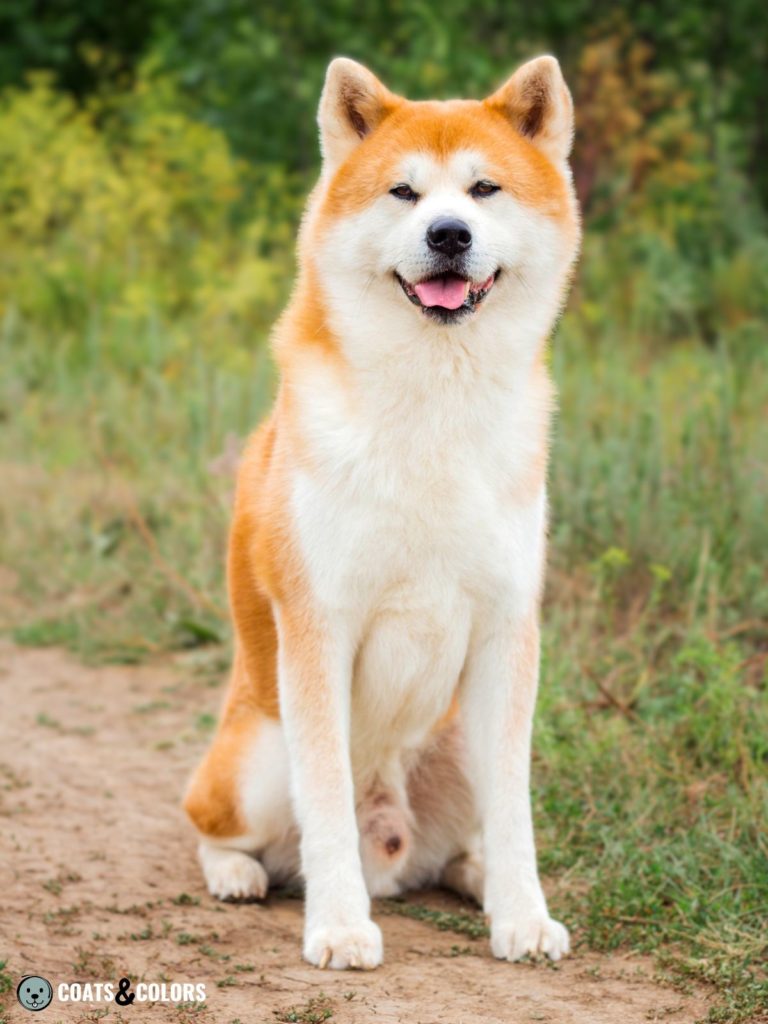
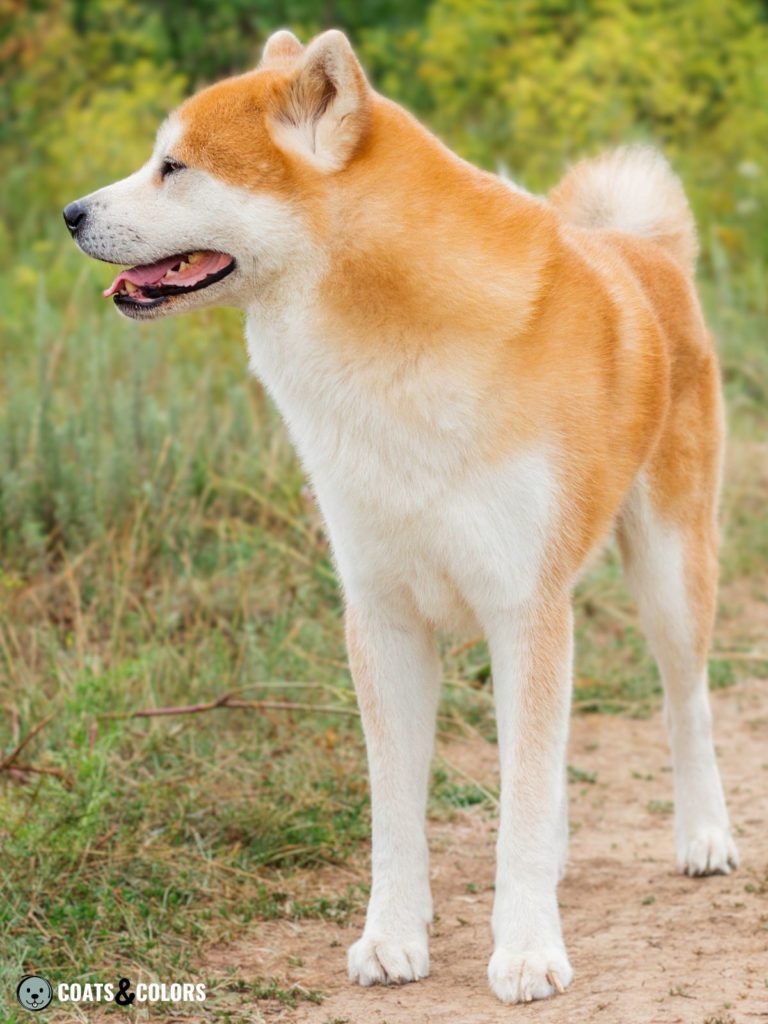
One of the most prominent Japanese Akita Inu colors is called red (or aka in Japanese).
In genetic terms, a red Akita Inu expresses a clear sable pattern (E/- ky/ky Ay/Ay) with a vivid and rich red phaeomelanin intensity. An Akita Inu with a red fawn coat should never have any black shading.
Red Akita dogs must display countershading, called urajiro in Japanese dog breeds. This refers to the untestable cream or white Akita markings on the underside and lower body.
Countershading significantly lightens the phaeomelanin on the chin, throat, chest, belly, underside of the tail and lower legs. On red fawn Akitas, these lighter areas fade more or less gradually into the red areas.
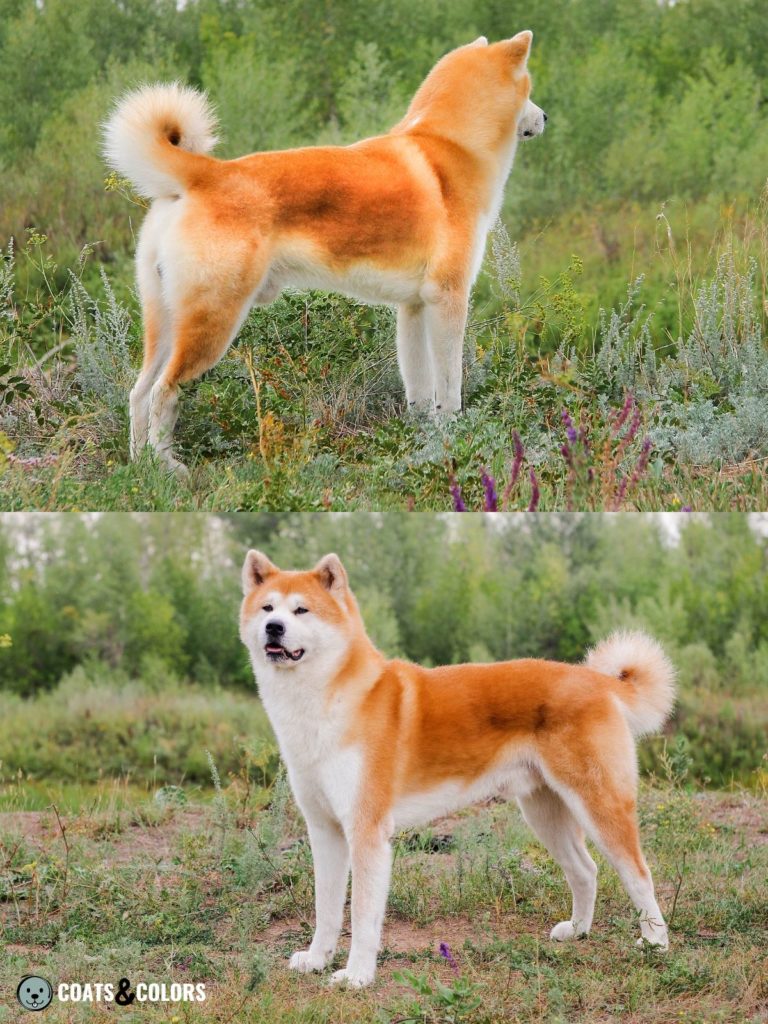
Red Japanese Akita should ideally have a white tip on their well-curled tail.
Since the Japanese term urajiro translates to “underside white“, breeders use the term omotejiro or “front white” for the white or cream countershading found on the sides of the muzzle and cheeks. But both traits go hand in hand.
Some red fawn Akita dogs seem to have some degree of white markings from piebald (S/sp or sp/sp).

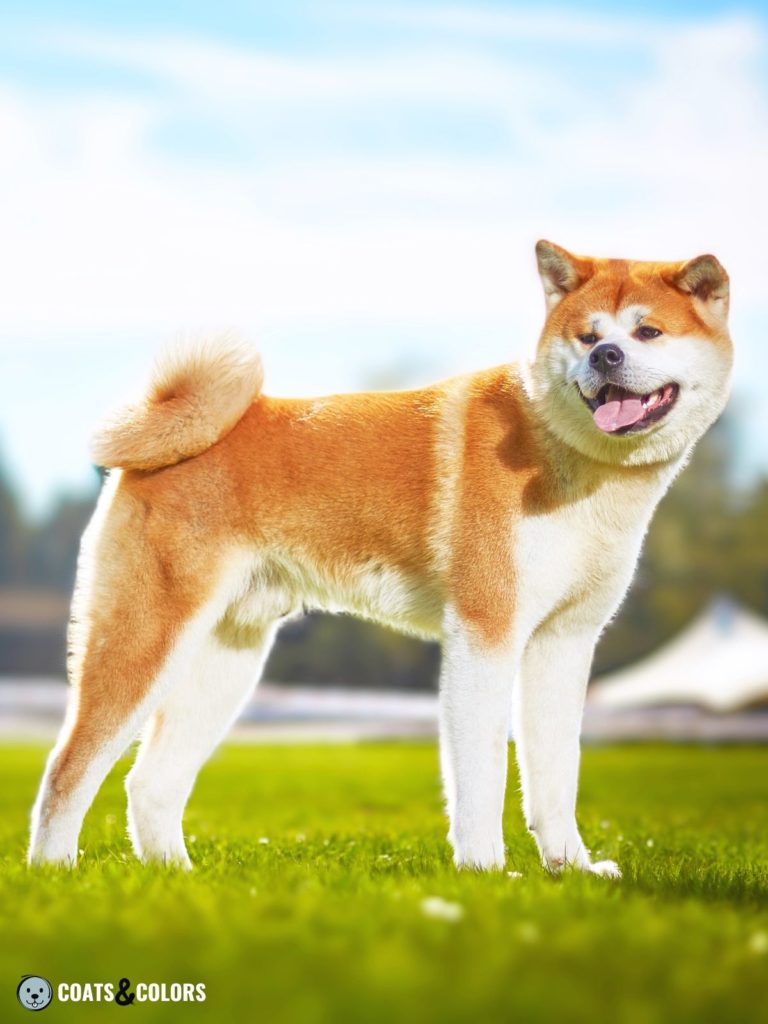
However, some residual white or minor white spotting on a red Akita often goes unnoticed since it covers basically the same areas as the urajiro pattern which is already white.
Only some red dogs show obvious signs of piebald such as a white collar, a broad white chest patch, solid white legs or a white blaze that can even reach past the ears (‘hachiware‘).
White areas can grow large in some dogs. But a pinto pattern as well as any excessive white on the head or body is considered a mismark and undesirable.
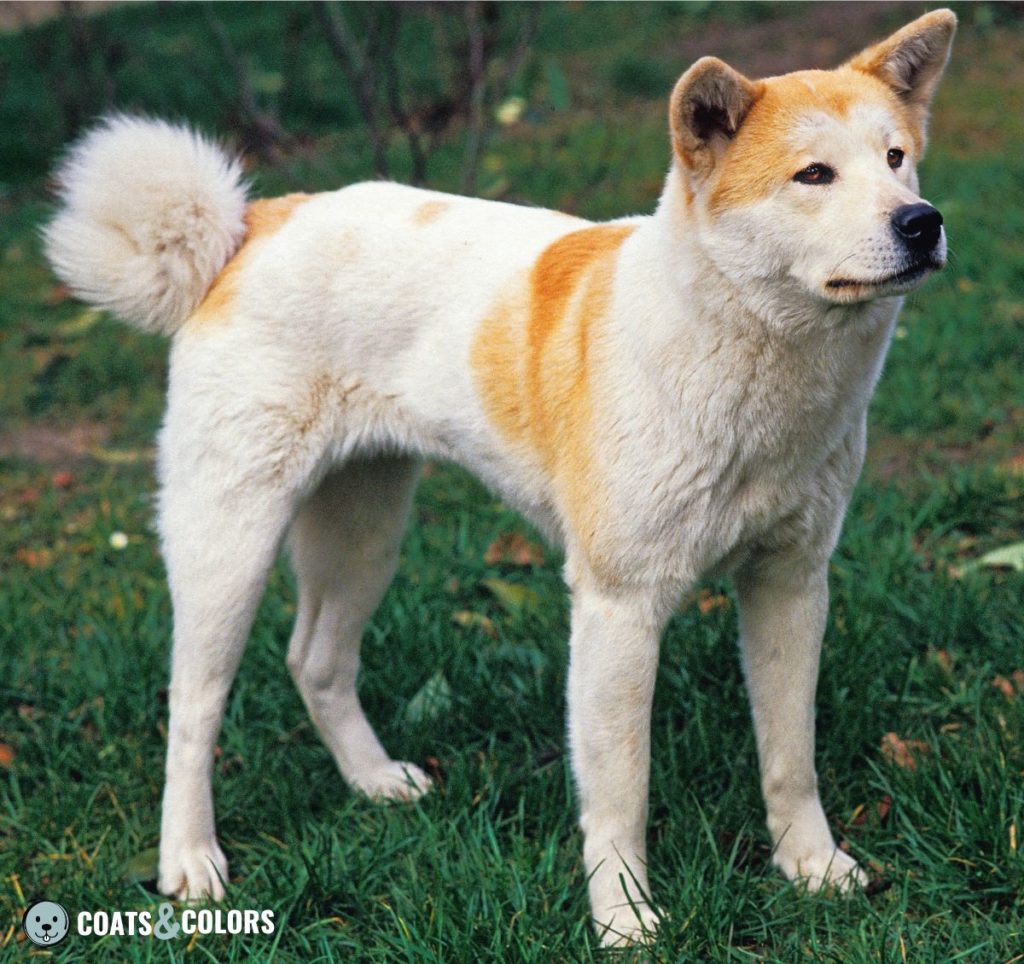
Sesame Akita Inu
The American Kennel Club does not list sable shading as a standard color. But the FCI and the British Kennel Club do, describing sesame as “red fawn hairs with black tips“. In genetic terms, this seems to refer to shaded sable or even to agouti-patterned dogs in some very rare cases.
Some clear red Akita puppies show minor puppy shading that will fade. But the Akita Inu color sesame, or goma in Japanese, seems to no longer actually exist in the Japanese Akita today.
Even the Japan Dog Preservation Society does not include sesame in its list of possible coat colors.
Brindle Akita Inu
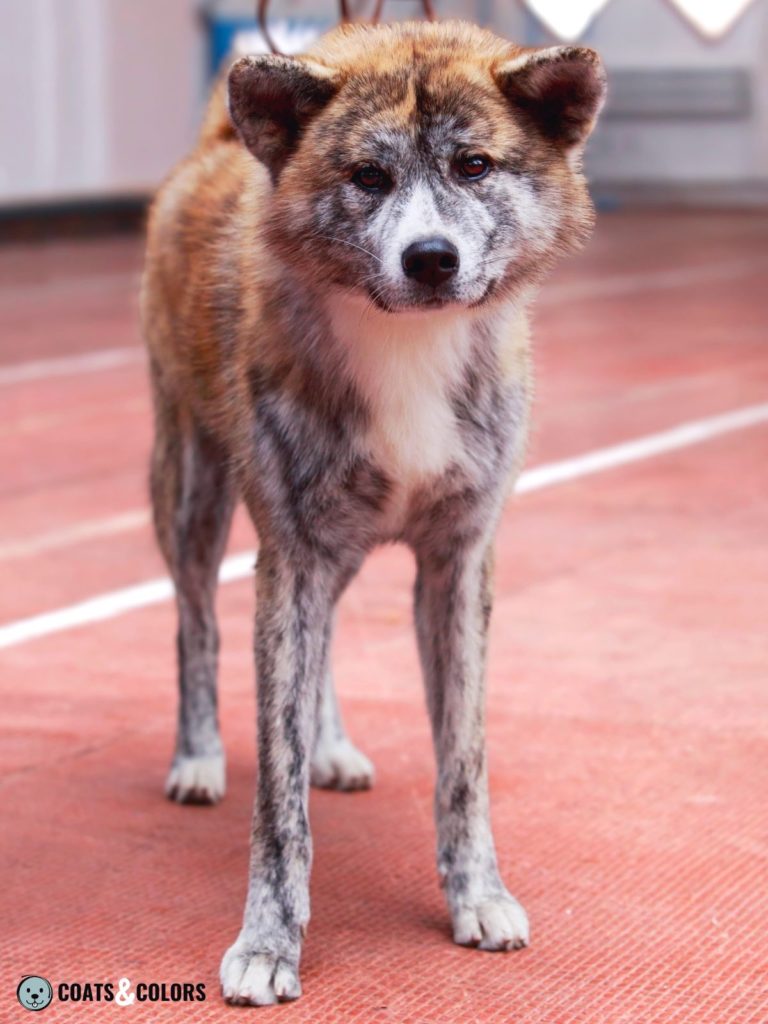
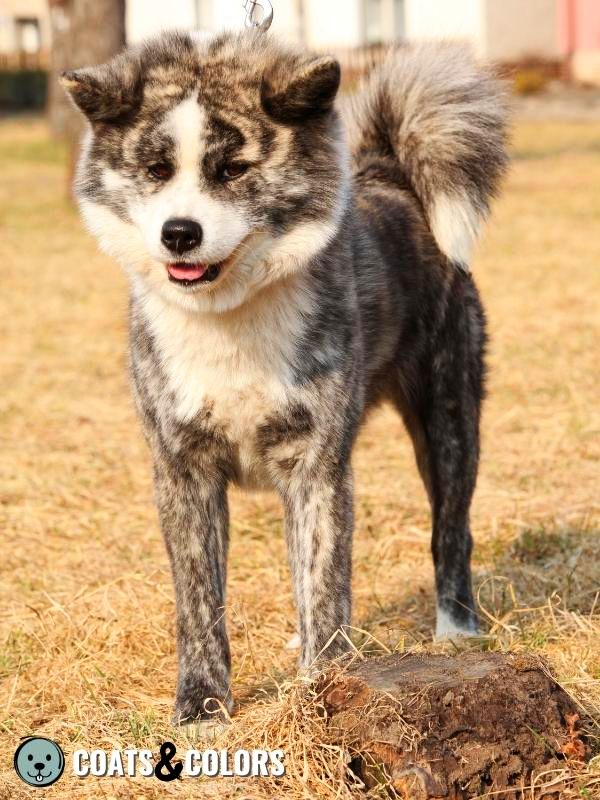

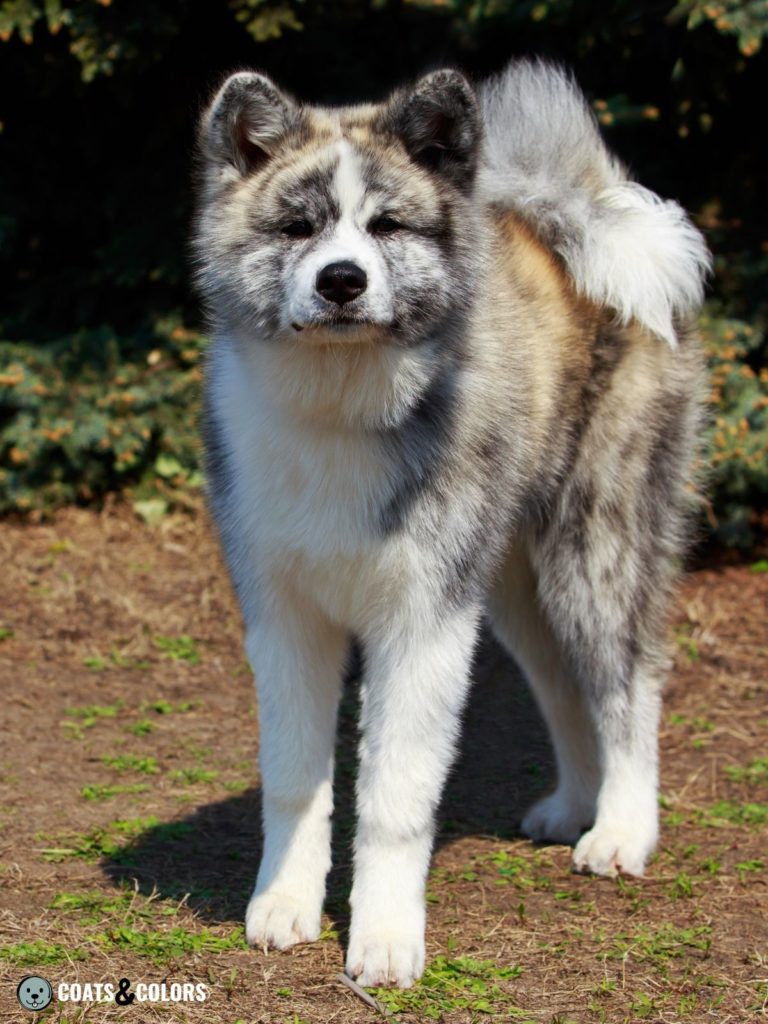
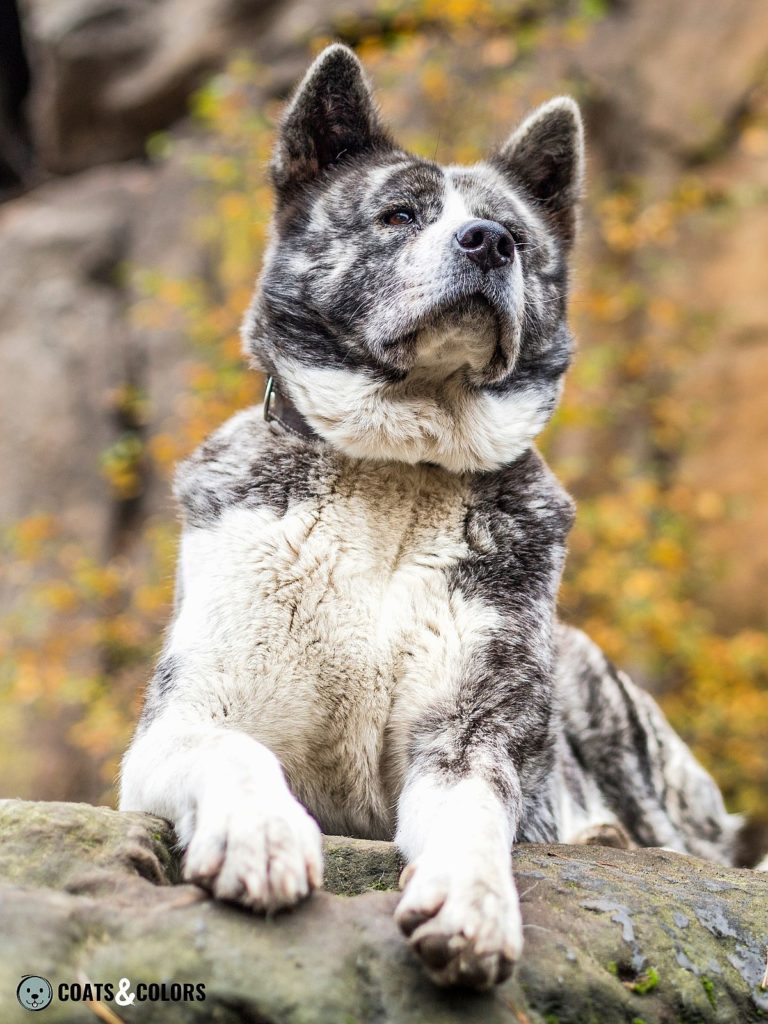

An Akita dog with a brindle coat has clearly defined black streaks or stripes laid over a lighter background color. Genetically, it is a red sable with brindle stripes. The pattern should be even and not show any gaps.
Just like red dogs, all brindle Japanese Akita Inu display urajiro but only in the red portions of the coat. Since the black string pattern lays on top, it covers some of the countershading.
Since the urajiro shading blends in gradually into the sable base color it is less visible on brindle Akita dogs. The light pigment mixed with black eumelanin from the brindle often looks greyish. An Akita Inu with red and silver brindle can look pretty striking!
Akita Inu brindle can come with dense to moderate striping and can have any base color between red and silver-white. Akita people distinguish between a variety of patterns:
Japanese Akita Inu brindle, or tora in Japanese, is called kurotora (black brindle) in dogs with an abundance of black in the striping patterns, akatora (red brindle) on a clearly visible red base color of varying shades or shimofuri (silver brindle) on a more cream to silver-greyish sable base color.
If the gray parts on a silver brindle Japanese Akita have a very low intensity, they are sometimes even called shirotora (white brindle). But even a silver brindle Akita Inu often has some red or yellow shading.
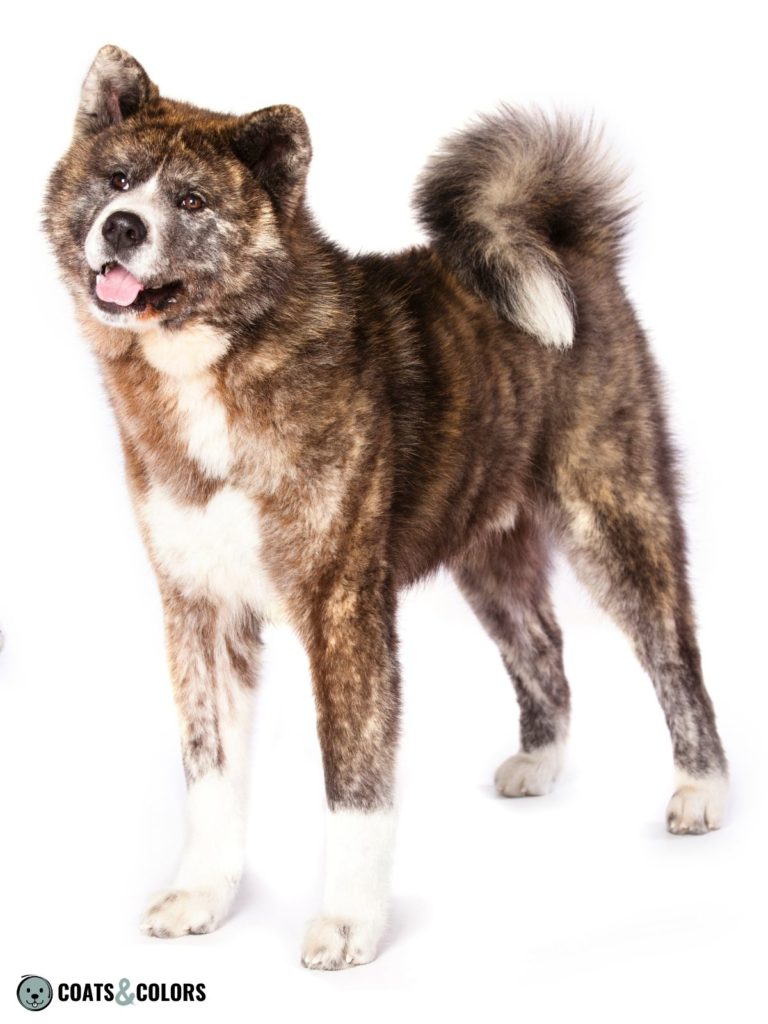
Brindle Japanese Akita often come with minor white spotting which can cover some of the Akita dog brindle pattern. The preferred pattern has roppaku (six white markings) on the muzzle, the tip of the tail, and on each of its four paws.
If the white spotting extends, some dogs can have a blaze. But just as in red dogs, a white collar or a tuxedo blaze dividing the head pattern in the middle (hachiware) is considered a mismark.
White Akita Inu
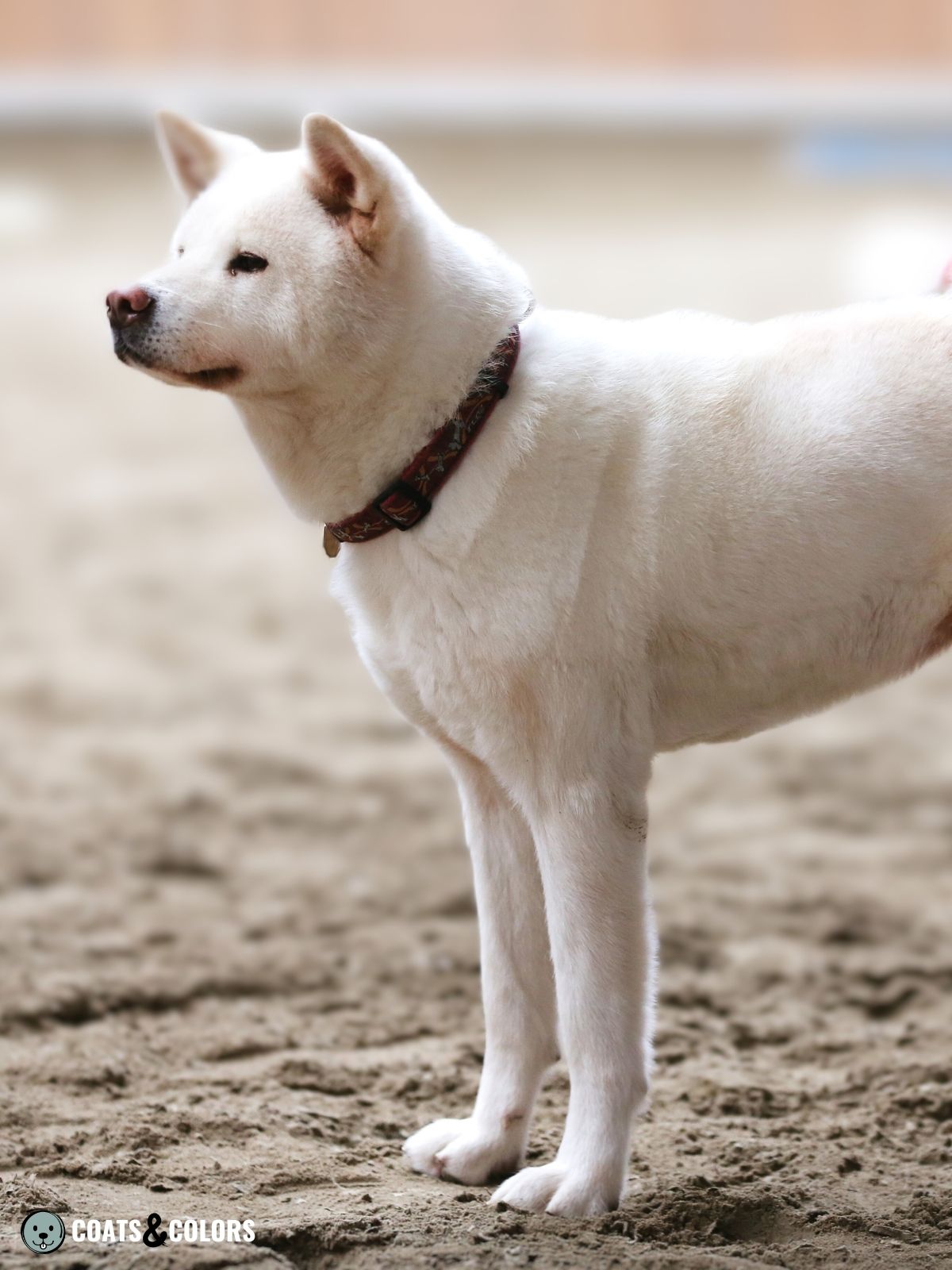
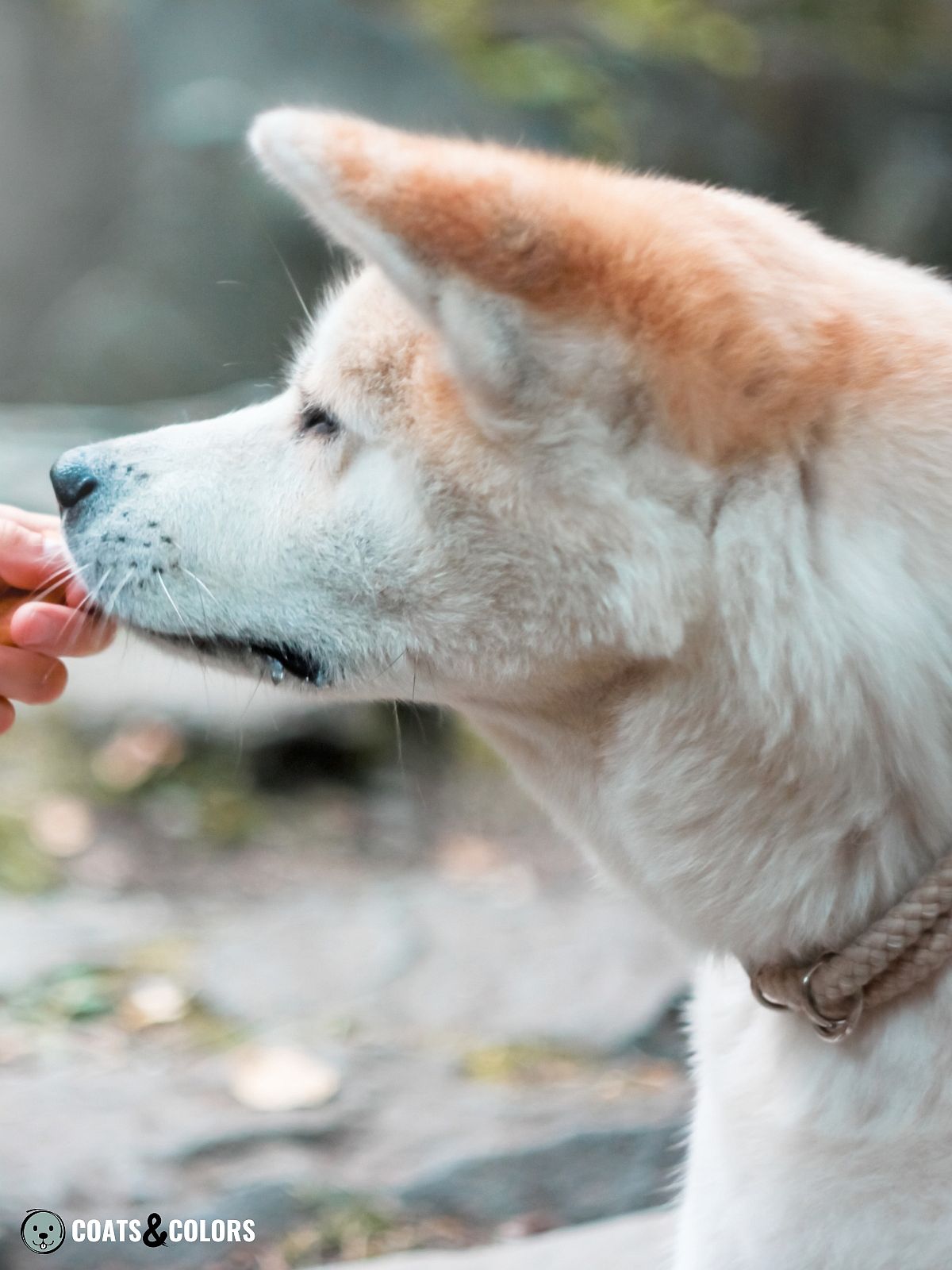

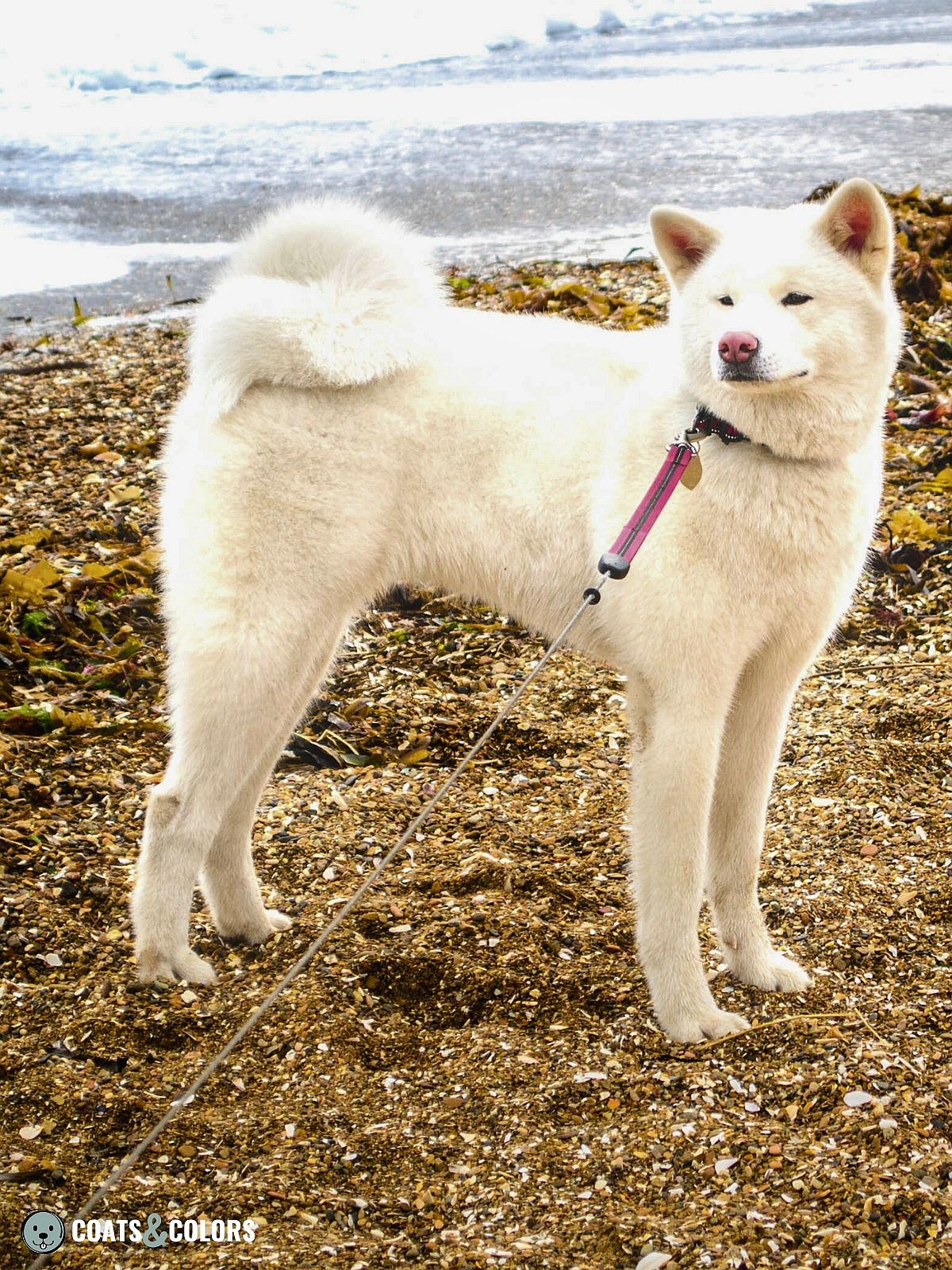

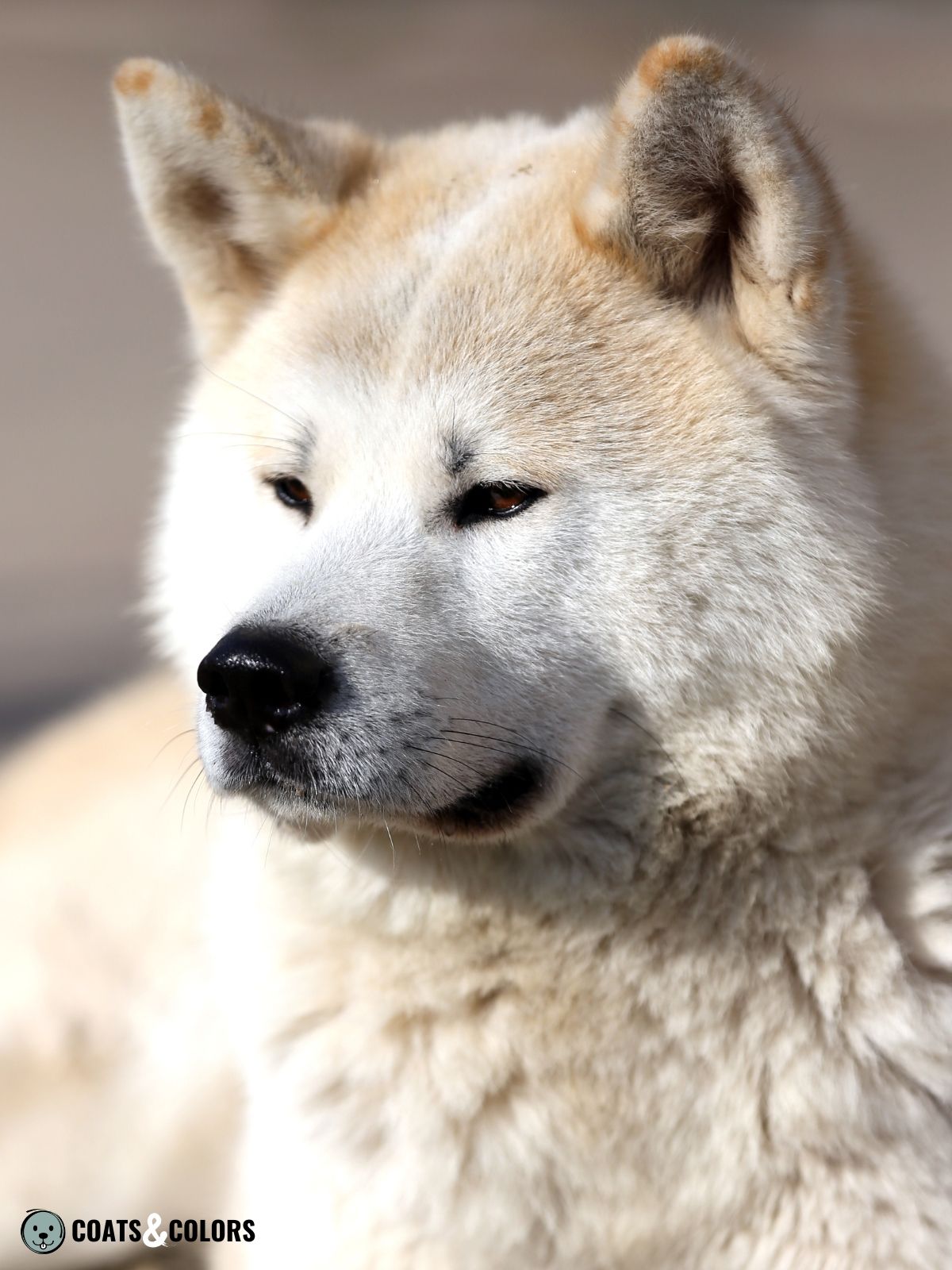
If an Akita dog is all white or shiro, it is because of recessive red with low phaeomelanin intensity. According to the AKC breed standard, Akita Inu white should be as bright as possible.
What makes this interesting is the selective breeding for white phaeomelanin in e/e dogs but orangey-red phaeomelanin in sable dogs. And while it is considered a fault, many all-white Japanese Akita indeed have some biscuit coloring or red shades on their ears, shoulders or tail.
And although most often not visible, even an Akita dog in white can have piebald spotting. It is just that these non-pigmented areas are only visible in white Japanese Akita with at least some level of red shading where these patterns can cover up some of the reddish color.
Pure white Japanese Akita still have black eumelanin they just can not grow black hairs in their coat. But the lips, skin pigment, eye rims, or nose are still black-pigmented. However, it is quite common in all-white Akita dogs to have fading nose pigment typical for all dogs with an e/e pattern.
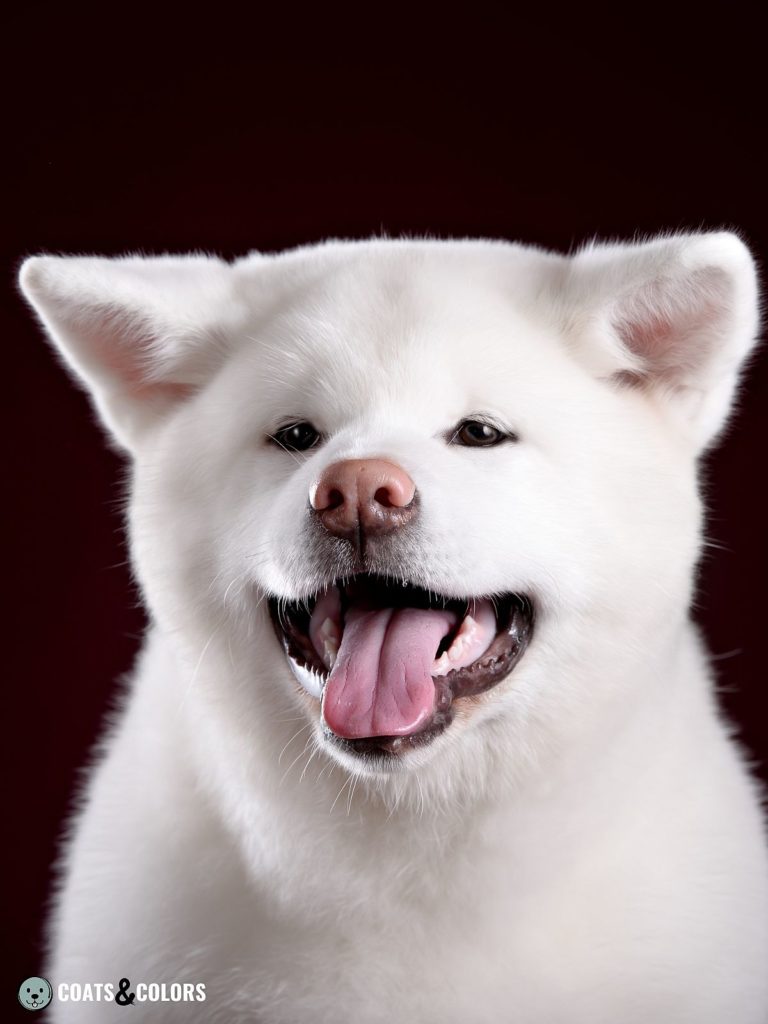
Akita Inu Coat Colors Overview
The breed standard describes all the different traits an Akita Inu should have.
This includes his conformation and temperament but also the coat texture and color of an ideal representative of this breed.
The major kennel clubs often use their own standards provided by their affiliated breed club. These standards are usually similar in their general outline but can differ in many details like coat color.
Let’s see what different clubs have to say about the accepted Japanese Akita coat color patterns[1-3]:
| AKC | FCI | KC | |
|---|---|---|---|
| Red | ✅ | ✅ | ✅ |
| Sesame | – | ✅ | ✅ |
| Brindle | ✅ | ✅ | ✅ |
| White | ✅ | ✅ | ✅ |
Akita Inu Coat Color Genetics
A dog’s coat gets its colors from two pigment types called eumelanin and phaeomelanin. Different proportions of colors in a particular dog’s coat create different patterns.
But Japanese Akitas, like most dog breeds, can only produce some of all the possible colors. These are the genes and alleles involved in typical Akita Inu colors and patterns:
| E-LOCUS | E = normal pattern e = recessive red |
| K-LOCUS | kbr = brindle ky = normal pattern |
| A-LOCUS | Ay = sable Ays = shaded sable (sesame, rare or lost) aw = agouti (sesame, rare or lost) |
| B-LOCUS | B = black |
| D-LOCUS | D = normal pigment |
| S-LOCUS | S = no spotting sp = white spotting |
| M-LOCUS | m = non-merle |
Eumelanin Colors
All Japanese Akita are fixed for black eumelanin. Even if not present in red or white coats, it is always eumelanin that gives color to the nose, skin, nails or eyes.
Although some people use this term to describe red coat, there is no liver or brown in Japanese Akita.
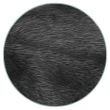
Phaeomelanin Intensity
The phaeomelanin intensity in Japanese Akita can range from a vivid red on red fawns down to a light cream or white on white dogs. Brindle Akitas, on the other hand, can also have a more yellowish or silver base color.
There are some rather pale or blonde Akita dogs, but this is considered undesirable.
Body areas with urajiro markings fade to a low-intensity color between light cream or white.
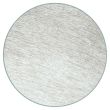
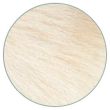
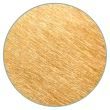
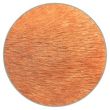

White Spotting
Japanese Akita come with urajiro which causes a light cream coat on the dogs face and underside. But countershading is not the same as white spotting!
But the piebald allele (sP) seems to be present in this breed. In fact, many Japanese Akita test as sp/sp without being extreme white as would be expected in other breeds with this result.
Something else seems to control the actual amount of white in piebald patterns. And in Akitas, breeders have been selecting for small to moderate white patterns even in homozygous sp/sp dogs.
White spotting in Akitas can form a pseudo-Irish pattern resembling the symmetrical spread of white on the muzzle and blaze, tail tip, underside and lower legs found in many herding breeds.
A smallish blaze and minor white are accepted or even encouraged in the case of the six white roppaku spots on the muzzle, paws, and tip of the tail in brindles.

But extended white on the legs or chest, any pinto patterns, a full white collar around the neck or a tuxedo blaze extending from the muzzle to the back of the neck (hachiware) are mismarks.
It is not always possible to see white markings on an urajiro pattern. Even white Akitas can have white spotting, it is just harder to see non-pigmented areas on a dog with almost white-pigmented fur!
If a dog really has some areas with piebald spotting, he can also have mottles. While the AKC states that some “slight ticking is permissible“, the FCI standard discourages any “markings on white ground“.
Ticking will not form on top of white countershading or on white-pigmented Akitas as this trait needs truly non-pigmented areas to express. And urajiro shading or the white coat in white Akitas are indeed pigmented, just with low-intensity cream or white phaeomelanin.
Color Patterns
The accepted patterns in a dog breed describe the distribution of colors in a dog’s coat. Dogs can be solid-colored or have a pattern with more than one color.
Breed standards almost always use breed-specific and purely descriptive terms. It’s sometimes on us to translate breed standard terminology into more universal genetic terms.
And that can be quite tricky… Sometimes the same term is used for colors that are caused by different genes. And in other cases genetically similar phenotypes have many different names.
| Color Term | Genotype |
|---|---|
| Red | E/- ky/ky Ay/Ay S/- E/- ky/ky Ay/Ay sp/sp + red phaeomelanin intensity |
| Brindle | E/- ky/ky Ay/Ay S/- E/- ky/ky Ay/Ay sp/sp + cream to red phaeomelanin intensity |
| White | e/e S/- e/e sp/sp + white phaeomelanin intensity |
Akita Inu Nose and Eye Colors
Different proportions of colors in a particular dog’s coat create different patterns. And a dog’s coat gets its colors from two pigment types called eumelanin and phaeomelanin.
These pigment types can both come in different shades. But Akita Inu can only produce some of all the possible colors.
Eye and Nose Colors in Japanes Akita
All Japanese Akita are fixed for black eumelanin pigment (B/B D/D).
So whether a Japanese Akitas is red or brindle, he should always have dark brown eyes, a black nose and black pigment on its lips, eye rims, paw pads or nails. But their tongue should not be black or spotted.
However, white Akitas are recessive red. They often have nose pigment fading to pink, typical for this pattern. According to the major kennel clubs, a flesh-colored snow nose is acceptable in white dogs.
Some dogs are born with a partially pigmented butterfly nose that sometimes remains into adulthood (called ‘hanakake‘). It’s considered a fault.
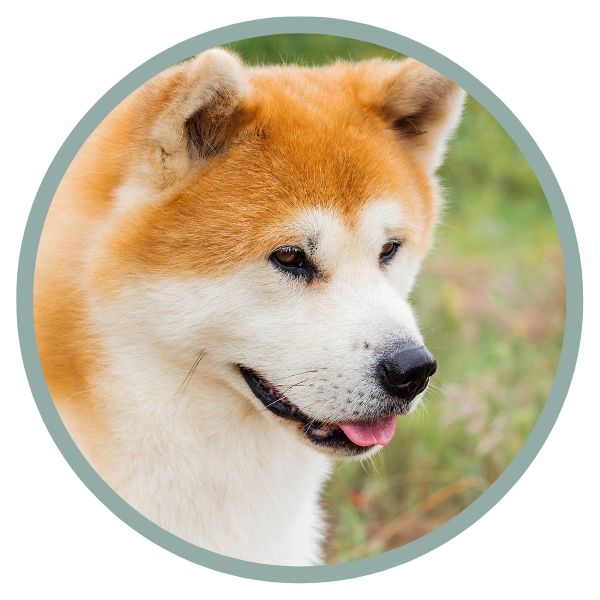
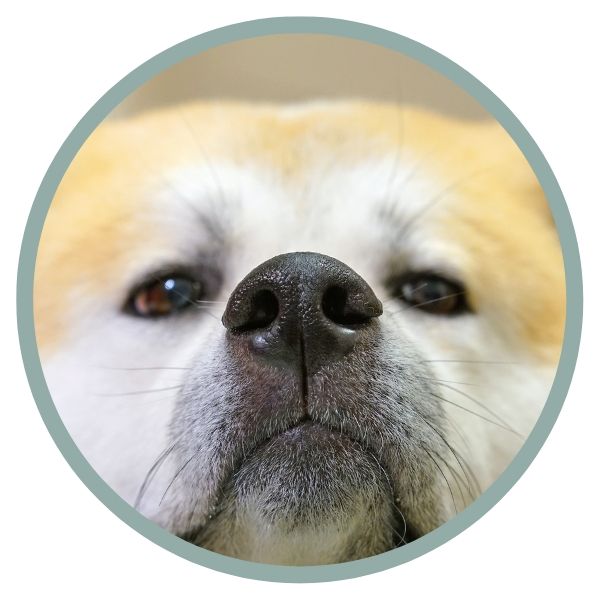
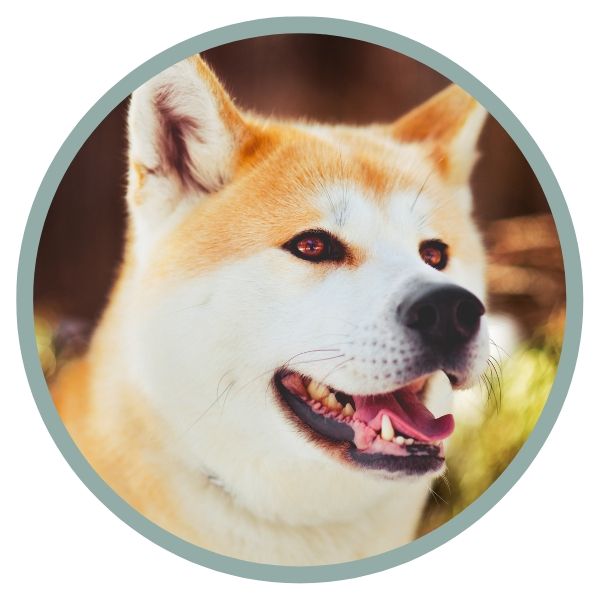
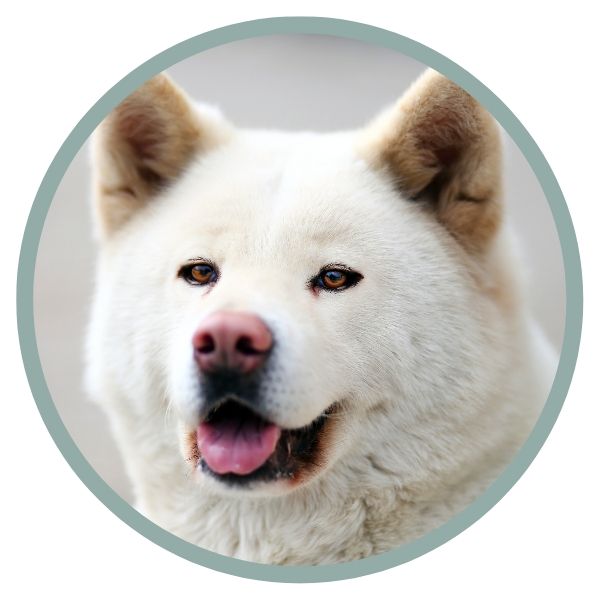
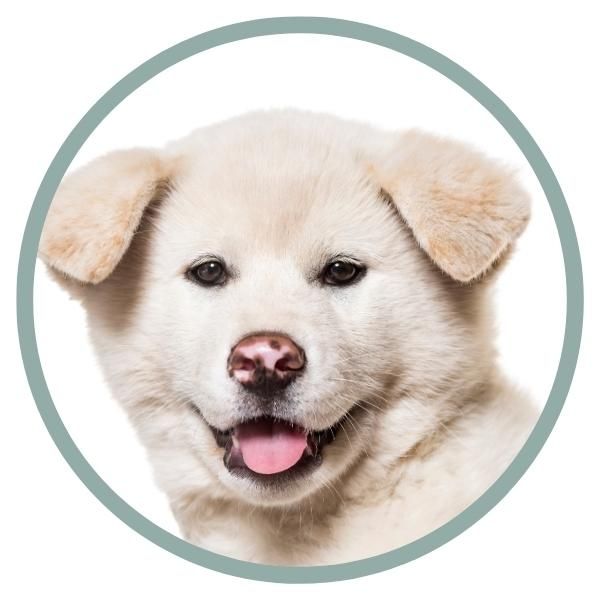
Akita Inu Coat Types
The Akita Inu is a spitz-type dog breed with a double coat (nijuuhimou) providing insulation in cold climates. The hairs on the withers, rump and tail can be slightly longer than on the rest of the body.
Genetically, the Japanese Akita is a smooth-coated dog breed, it should not have a ruff or feathering.
The AKC breed standard describes three types of hair:
- Long guard hair standing out like needles from the body
- Coarse guard hair that lies flat on the body
- Soft wooly undercoat which can be a different color than the outer coat

Other Coat Types in Akita Inu
Some Akita seem to express long coat producing a non-standard coat type with a much more plush look and obvious signs of ear, tail and leg feathering. Smooth coat (L) is dominant to long coat (l) so standard-coated Akitas can be carriers of the wooly trait (L/l).
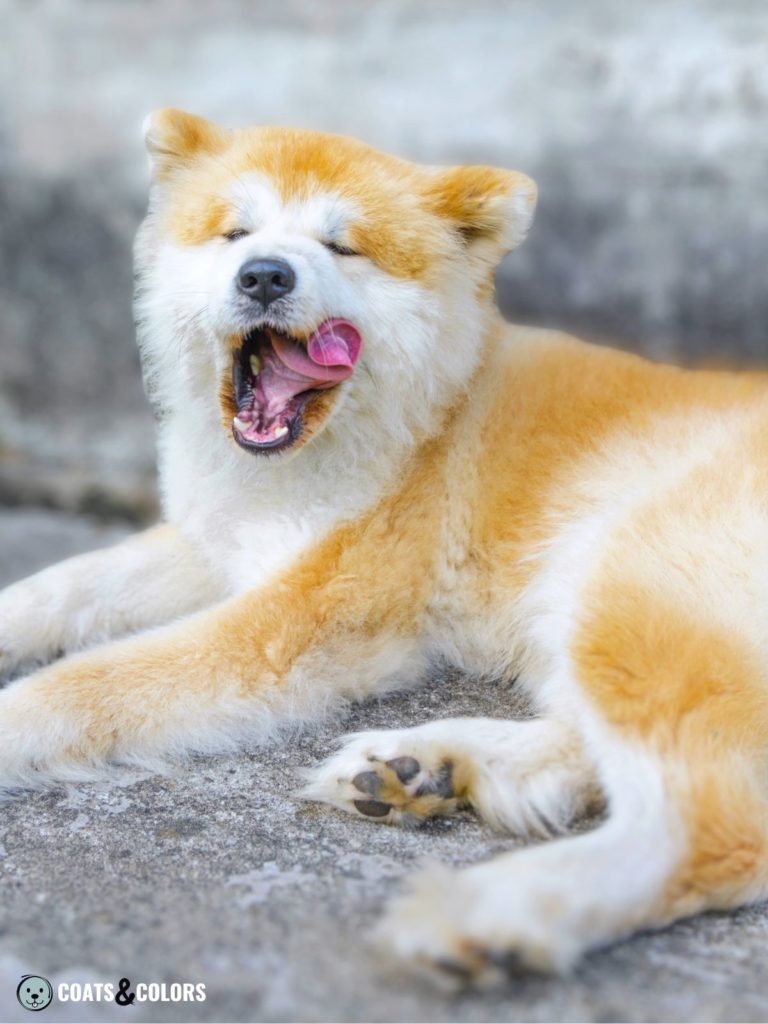
Links
[1] American Kennel Club (AKC): Official Standard of the Japanese Akitainu (pdf)
[2] Fédération Cynologique Internationale (FCI): Akita Breed Standard (pdf)
[3] The Kennel Club (KC): Japanese Akita Inu Breed Standard
[4] Japanese Akitainu Club of America: AKC Color Guide (pdf)
[5] Oguro-Okano et al (2011). Mutations in the melanocortin 1 receptor, β-defensin103 and agouti signaling protein genes, and their association with coat color phenotypes in Akita-inu dogs. J Vet Med Sci. https://doi.org/10.1292/jvms.10-0439
[6] Dreger et al (2019). True Colors: Commercially-acquired morphological genotypes reveal hidden allele variation among dog breeds, informing both trait ancestry and breed potential. PLoS ONE 14(10): e0223995. https://doi.org/10.1371/journal.pone.0223995
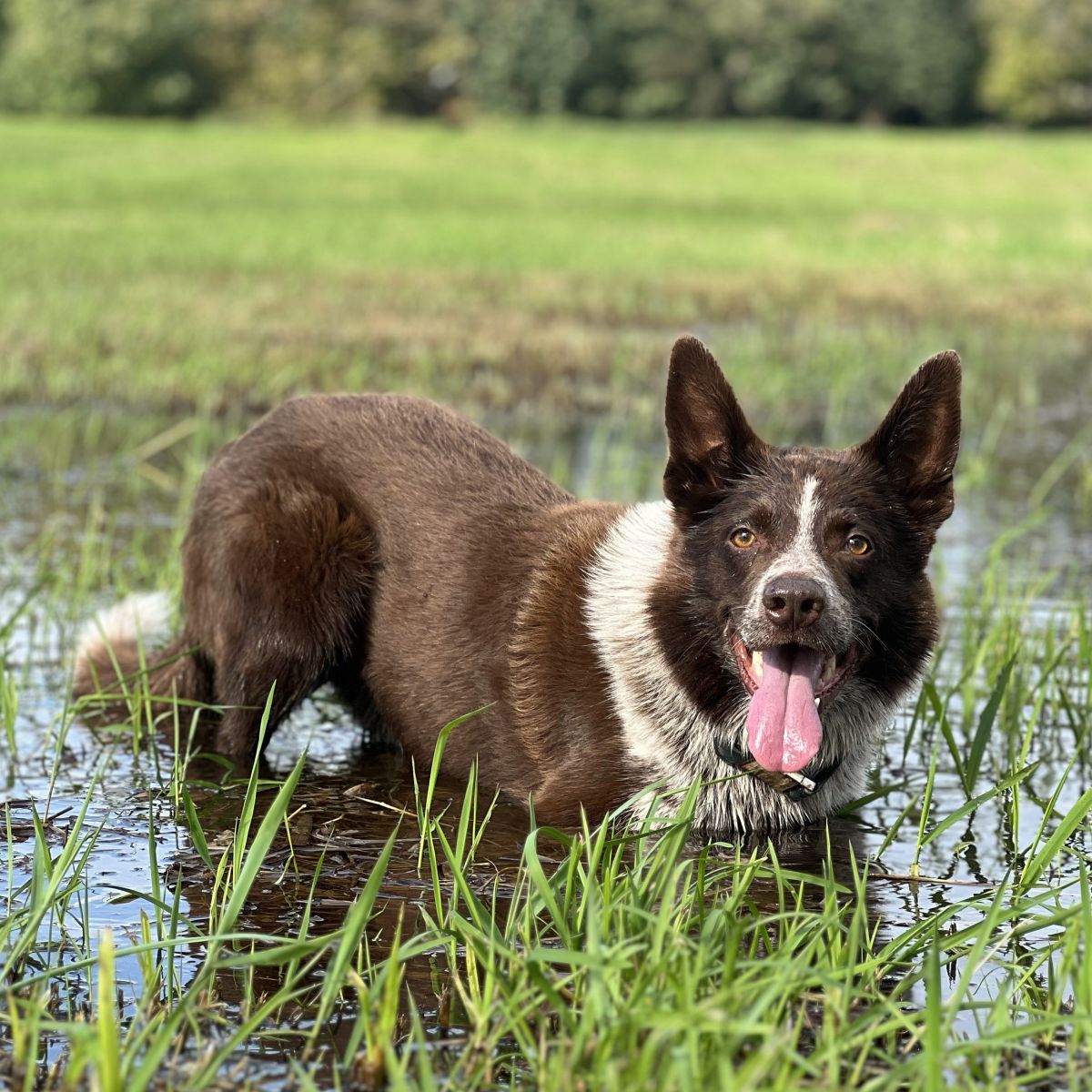
Hi! I’m Steffi. I am a biologist and a big time dog nerd. You are curious about coat color genetics? You’ve come to the right place! Read more.

